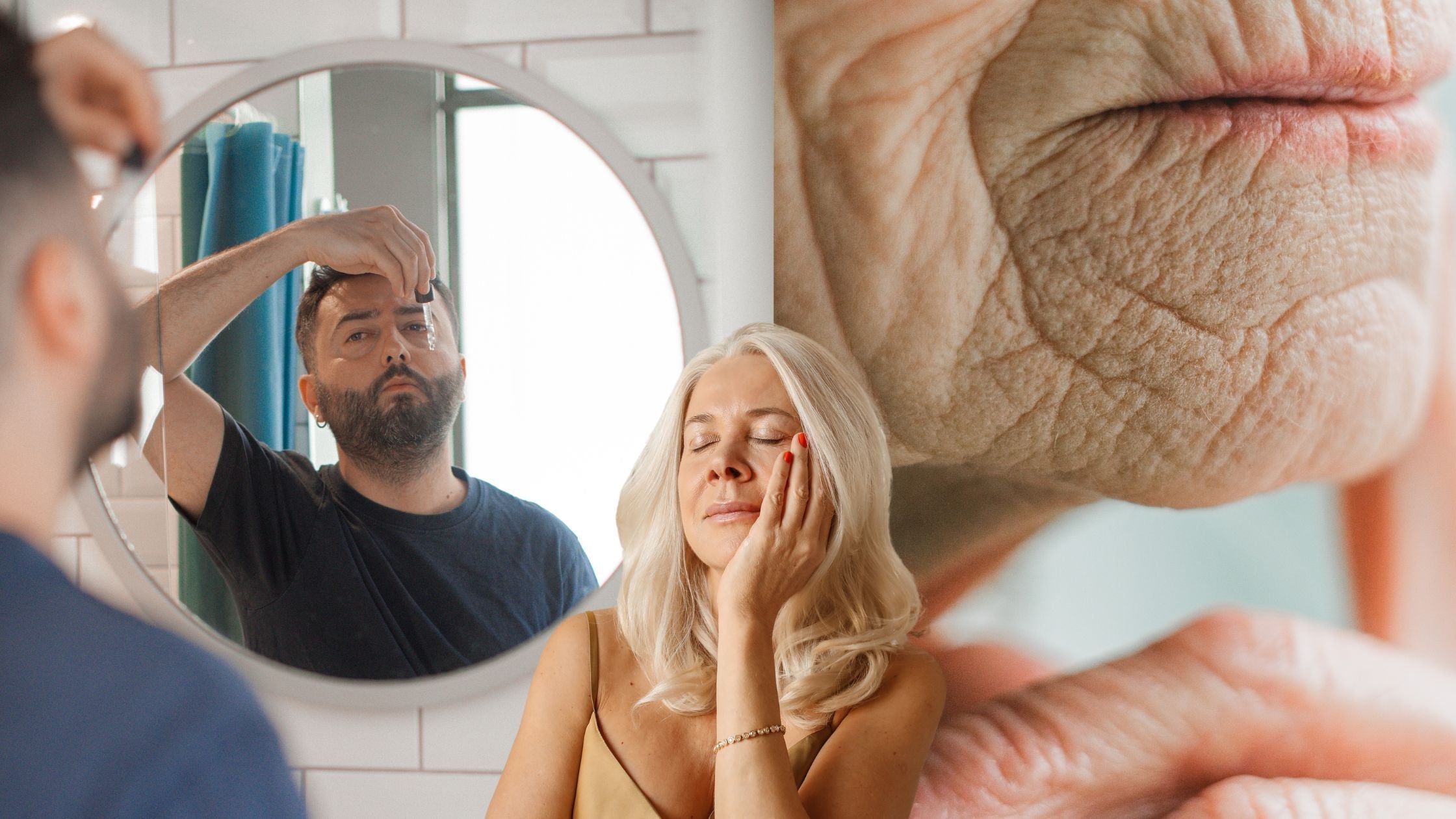
Precancerous vs. Cancerous Cells: What You Need to Know About Skin Cancer Risks
Precancerous Cells: Early Warnings from Your Skin
Precancerous cells are abnormal cells that have not yet become cancer. While these cells show early signs of irregularity, such as changes in size, shape, or organization, they remain localized to their original site and haven’t yet invaded deeper tissues or spread to other parts of the body.
These cells often appear as rough, scaly patches or subtle discolorations on the skin. They can multiply faster than normal cells, indicating an increased risk of further transformation. However, they are not yet malignant and remain contained within the skin's upper layers.
Without intervention, precancerous cells have the potential to develop into skin cancer. That said, early detection and proactive care—such as treating conditions like Actinic Keratosis—can significantly reduce this risk. Regular monitoring is key, as not all precancerous cells progress to cancer.
Actinic keratosis is a common precancerous condition caused by prolonged sun exposure. These rough, sun-damaged patches are an early warning sign that your skin needs extra care. Left untreated, they may evolve into squamous cell carcinoma, a type of skin cancer.
Cancerous Cells: When Abnormality Turns Aggressive
Cancerous cells have undergone significant changes, becoming malignant. They can invade surrounding tissues and spread to other parts of the body—a process called metastasis.
Unlike precancerous cells, cancerous cells grow uncontrollably, forming tumors that disrupt normal bodily functions. Their aggressive nature often leads to damage in vital organs and tissues, requiring immediate medical intervention.
Cancerous cells pose a serious health threat and demand a multifaceted treatment approach, such as surgery, radiation, or chemotherapy. Early detection remains essential for effective management and better outcomes.
Skin cancers such as basal cell carcinoma, squamous cell carcinoma, and melanoma represent advanced stages where precancerous cells have transitioned to a malignant state. These cancers can be life-threatening if not treated promptly.
Caring for Your Skin: The Key to Prevention
Understanding the difference between precancerous and cancerous cells empowers you to take charge of your skin health. Here are some practical steps:Protect your skin from UV radiation with sunscreen, protective clothing, and shade.
Look for new or changing moles, patches, or growths.
If you notice unusual skin changes, consult a dermatologist for evaluation and potential biopsy.
Manage precancerous conditions like Actinic Keratosis to prevent progression to cancer.
By staying proactive and prioritizing your skin health, you can reduce the risk of precancerous changes evolving into serious conditions. Early detection, combined with holistic and medical interventions, is your greatest ally in maintaining healthy, resilient skin.




